I am trying to display a geoJSON object (outline of Russia, in this case) that spans the 180th meridian. Currently this displays with part of the country on the left side of the map and part on the right:

Looking at leaflet, it seems there is a fix for this but that doesn't seem to work: https://github.com/Leaflet/Leaflet/issues/82. I have also tried adding a coordsToLatLng function but can't seem to get that to work either. Tile layers have a continuousWorld option which I do not think works with a geoJSON object.
This data is here: https://dl.dropboxusercontent.com/u/12085570/RUS.json. The data was generated from a shapefile to geojson and finally to topojson. Converting the topojson I used the --no-stitch-poles option which lets this display "nicely" on the map meaning it doesn't connect the points on the right to the left side of the map.
Is there a way to get this to display as a continuous object without splitting around the meridian?

